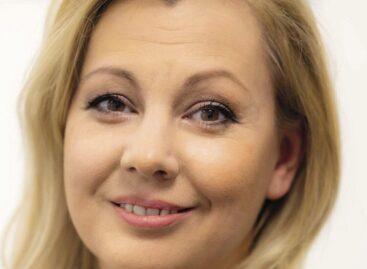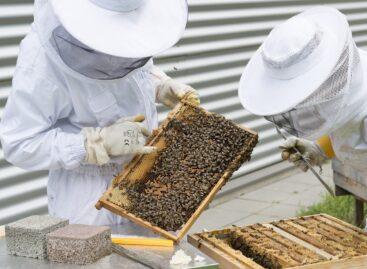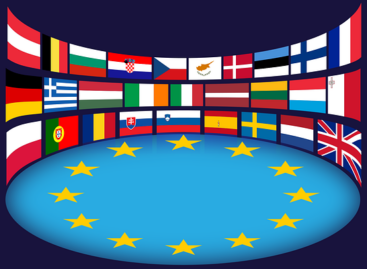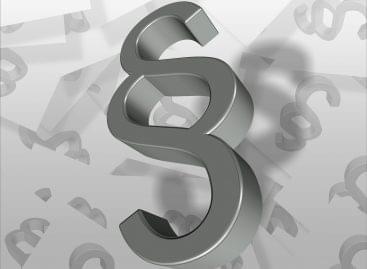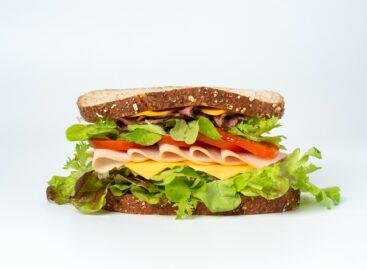A new laboratory method can help filter out fake honey
The Semmelweis University and the Hungarian University of Agriculture and Life Sciences have developed a unique method for verifying the authenticity of honey. The researchers’ new method is faster than the currently common tests and requires less preparation and chemicals, Semmelweis University announced to MTI on Wednesday.
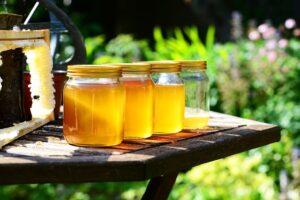
(Photo: Pixabay)
The laboratory test quickly and effectively reveals minor differences between the honey’s own and added components, so it can be an alternative to the more complicated and expensive analytical methods currently used – read the announcement. The aim of the specialists was to use the new analytical methods to demonstrate with greater precision all the procedures used to manipulate the honey, and thus to verify the botanical or geographical origin, the fact of adulteration or overheating.
The honey stored in barrels of several hundred liters is heated for easier dispensing
This can cause problems if the core temperature of the heated honey rises above the 40 degrees Celsius prescribed in the Hungarian Food Code. At 50-60 degrees Celsius, the basic composition, flavor, and color of honey are already destroyed, heat-sensitive vitamins are damaged, the antioxidant composition changes, and undesirable substances such as hydroxymethyl furfural (HMF) are also produced. The researchers used two analytical methods, the electronic tongue (its name comes from the simulation of human taste) and near infrared spectroscopy (NIRS) to detect overheating. Three types of honey were heated to different temperatures and times, and then the data obtained were summarized. According to the report, the two methods used alone were able to separate the heated and reference honey from each other in the case of two varieties, but combining them proved to be even more effective. Thus, it identified the heated samples with an accuracy of over 98 percent, and the control (unheated sample) with 100 percent.
Honey is one of the most adulterated foods in the world
Most of the abuse is done with sugar syrup, which is mixed directly into the honey or fed to the bees during the collection period. As written, the two methods are also suitable for more precise identification of honeys mixed with sugar syrup. To detect direct sugar syrup adulteration, the researchers mixed sugar syrup solutions of different types and concentrations into several types of honey, and then tested the samples using both methods. “The electronic tongue easily detected a sugar syrup concentration of 10 percent, and with infrared spectroscopy we were able to separate fake honey from non-fake honey with 5-10 percent added sugar syrup,” explained Csilla Benedek, Department of Dietetics and Nutrition, Semmelweis University Faculty of Health Sciences associate professor, the last author of the study.
According to the announcement, compared to the methods used in practice, the ones investigated during the research require less preparation and chemicals and are faster. Another advantage is that, by teaching the received data to the system, over time it will be able to identify the values associated with each parameter, making it easier to separate the individual types of honey later.
MTI
Related news
Upcoming changes in the Hungarian Food Book
Trade magazin has asked deputy state secretary Dr Beáta Olga…
Read more >Beekeepers: this year’s harvest prospects are good, but the low purchase price is a problem for large honey producers
This year’s acacia season may be favorable for domestic beekeepers,…
Read more >The EU has strengthened the rules for the protection of geographical indications for food and beverages
At Tuesday’s meeting of the Agriculture and Fisheries Council, the…
Read more >Related news
BH AgrárTrend Index: the outlook for the Hungarian food industry has stabilized
The assessment of the situation of the actors of the…
Read more >GVH: The postponement of certain amendments to the Competition Act is justified
The Economic Competition Authority (GVH) agrees with the postponement of…
Read more >We mostly stock up on sandwich ingredients
Baked goods, cold meats, ham, salami and some kind of…
Read more >

